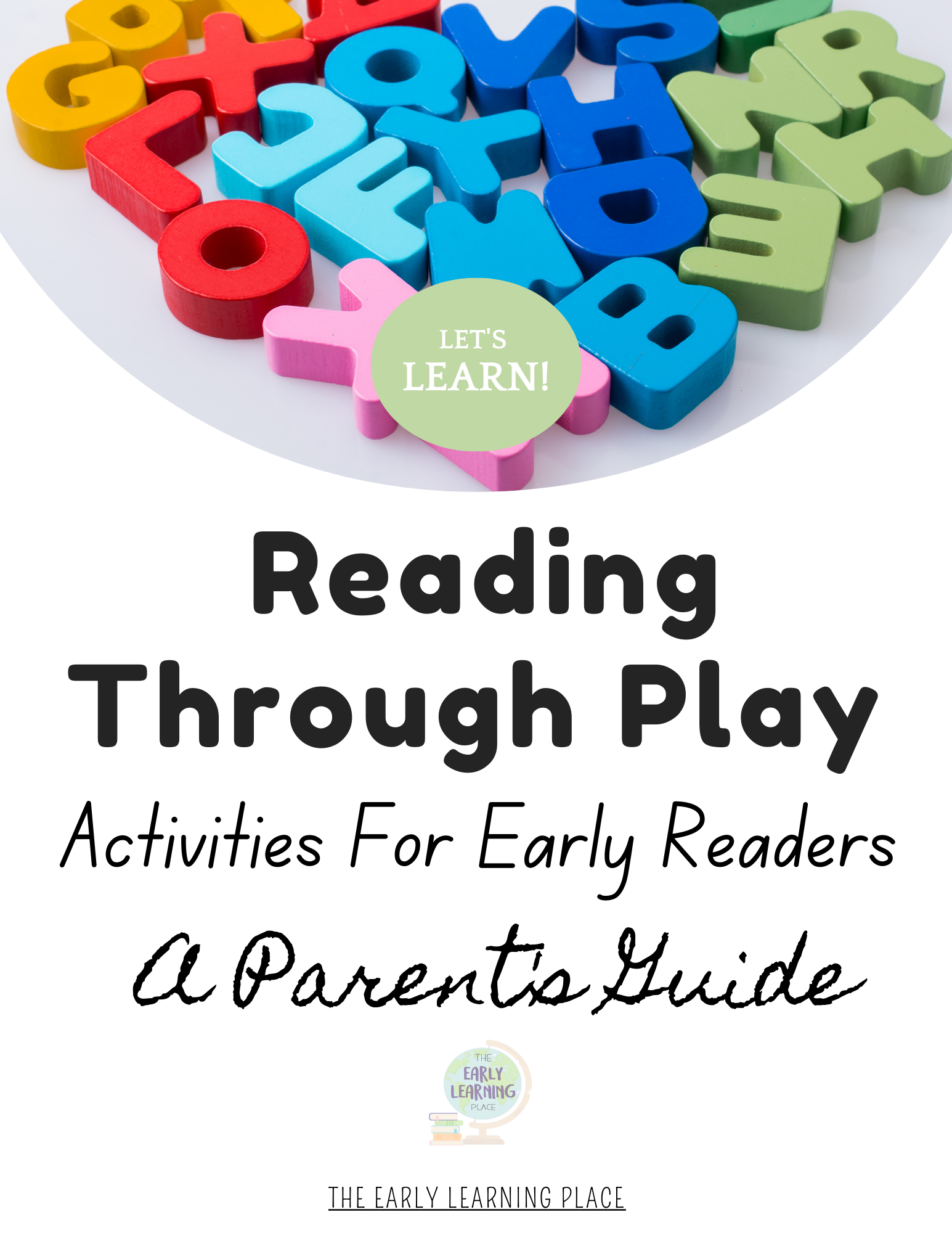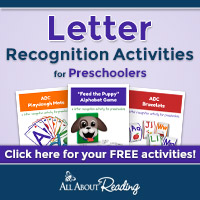Starting Strong: The Importance of Letter Knowledge in Early Childhood
So, what exactly is letter knowledge?
Letter knowledge refers to a child's ability to recognize, identify, and write letters.
Knowing a letter includes knowing its shape, its name, its sound, and its form! Can your child name the letter Z, say the sound that Z can spell, and write the letter Z? That is all letter knowledge!
This typically takes A LOT of practice (100s of exposures!) and is one of the first steps in becoming a reader.
Here are the key components of letter knowledge:
Letter identification: The ability to recognize letters and name them correctly.
Letter-sound correspondence: The understanding that each letter represents a unique sound.
Letter formation: The ability to write letters correctly, both in terms of their shape and orientation.
Why is Letter Knowledge Important?
Letter knowledge is the foundation for reading and writing! When a child has a strong understanding of the relationship between letters and sounds, they are better equipped to learn how to read and write. Learning to read will also come quicker and easier if they are confident with letter knowledge! So, all good things!
FUN FACT: Children who have strong letter knowledge before entering kindergarten are more likely to be successful readers and writers! In fact, studies have shown that children who enter kindergarten with strong letter knowledge are more likely to be able to read at grade level by the end of first grade.
When to Start Developing Letter Knowledge
It is never too early to start developing letter knowledge. Children can benefit from being exposed to letters and their sounds even from an early age.
In general, children can start learning the alphabet as early as 2 or 3 years old. However, every child is unique and may have different learning abilities and needs. Some children may show an interest in letters and words earlier than others, while others may take longer to develop an interest in them.
Here are some general guidelines that may be helpful:
At around 1-2 years old, you can start introducing your child to the alphabet by singing the ABC song or pointing out letters in books or on signs. When you say sounds, have them watch your mouth, encourage them to repeat the sound.
Around 2-3 years old, you can start teaching your child to recognize letters, both upper and lowercase.
At around 3-4 years old, you can start teaching your child to write the letters themselves. You can use different methods like tracing letters, writing letters in sand or shaving cream.
Some parents don’t want their young child to have any formal reading instruction till their child is a bit older, usually school age. This is fine and every parent gets to make the decision for what is best for their child!
How can you help?
I have found that when we can incorporate letter knowledge activities through play, young children can pick it up much quicker than older children can. No need for worksheets and fancy programs at this age, letter knowledge activities can be insanely fun.
If you are looking for some play-based letter knowledge activities check out my Reading Through Play Activities for Early Readers.
If you have an older learner who is struggling with letter knowledge, I want you to take these steps.
Ask yourself, Did they just start working on letter knowledge skills? If so, this takes time! Provide them with plenty of opportunities and activities to build these skills. If it has been a while and they are still having trouble with these skills then follow the next few steps…
Assess: Identify where your child is having difficulty. Is it letter recognition, letter sounds, or letter formation? Do activities that target the specific area where they are struggling.
3. Use multi-sensory learning techniques: Not sure what this is? Check out my blog here. Engaging in these types of activities have shown to help these skills “stick” in the brain, especially for kids who may be struggling.
4. Be patient and consistent: Try to dedicate at least 10-15 minutes a day on letter practice, these skills can take 100s of exposures to master. And some kids need way more than that! Make sure to praise their effort and progress!
5. Monitor their progress: Track their improvement by administering a quick letter knowledge assessment every 4-6 weeks. This will help you see if they are making improvements (My Reading Through Play Activities for Early Readers Guide for Parents includes a free letter knowledge assessment.)
6. If your child’s progress is still slow, consider consulting with your child’s teacher or a reading specialist (feel free to send me an email!) to get a professional assessment and recommendations. Early intervention can be a game changer for kiddos!
You should also keep in mind that every child learns at their own pace, so don't be worried if certain letters or skills take longer than others.
If you are looking for some play-based letter knowledge activities check out my Reading Through Play Activities for Early Readers.














